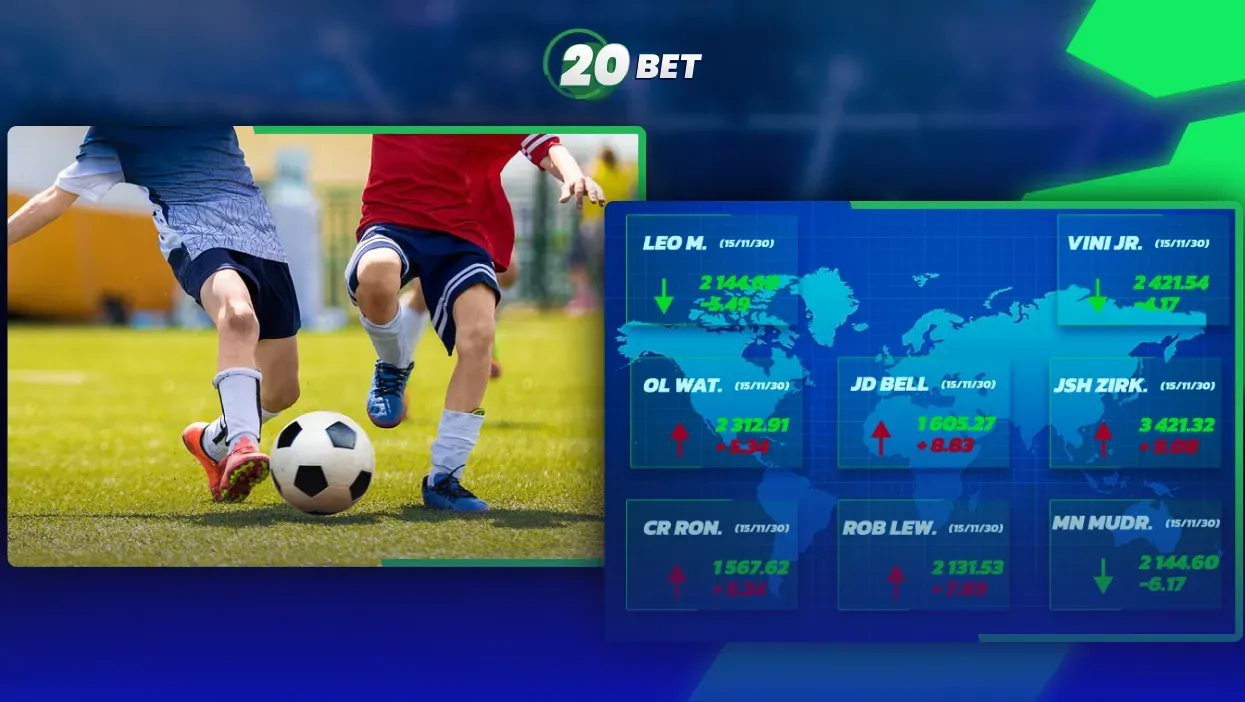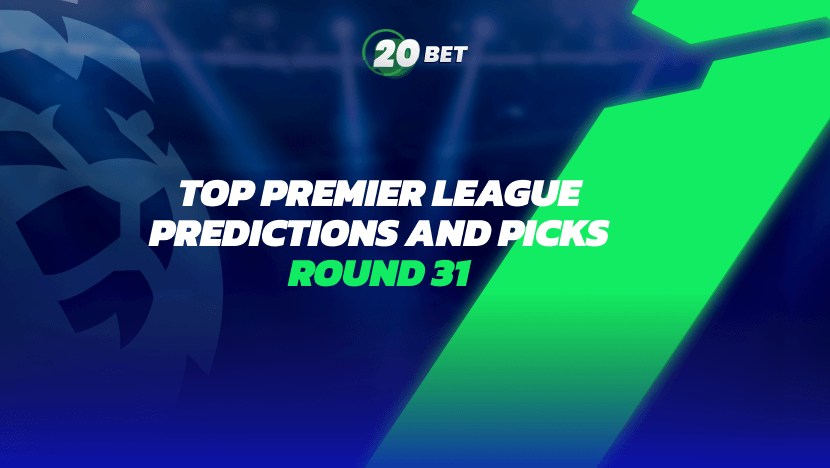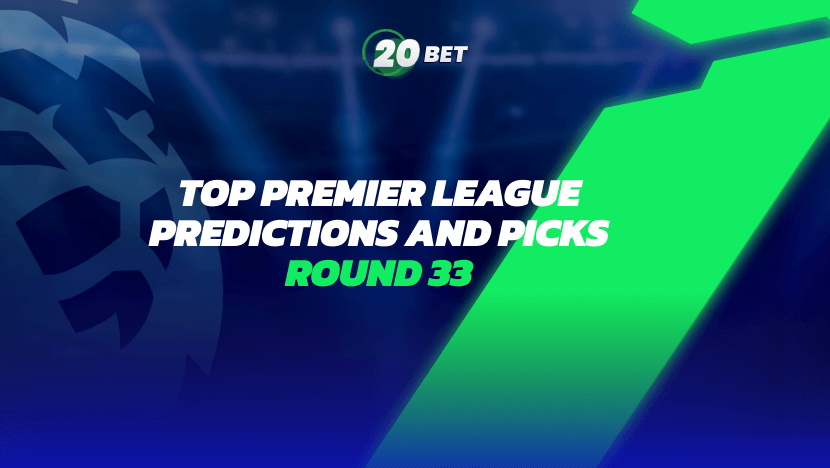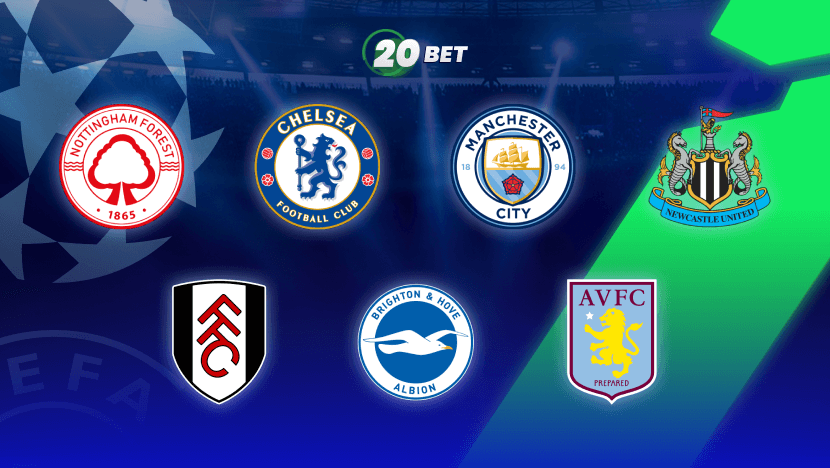Ever wondered how a transfer rumor, a dodgy hamstring, or a contract extension really changes the “price” of a soccer player? Treating athletes as tradable assets – a concept borrowed from finance – reveals patterns that help bettors, fantasy-league GMs, and even collectors think a step ahead of the crowd.
This article applies basic portfolio logic – value, growth, decline, and volatility – to some of the most famous soccer players on the planet, explaining why certain youngsters look like screaming “buys,” while a few household names now flash a “sell.”
From Pitch to Portfolio: Why a Soccer-Stock Mindset Matters
Sportsbooks like 20Bet already price hundreds of player props each weekend: goals, shots, passes, and cards. Transfermarkt publishes market-value estimates that update monthly. Taken together, these streams resemble, but don’t fully replicate, the information sets traders rely on in equity markets. Factor in basic probability theory, and a soccer player begins to look somewhat like a stock whose “returns” show up in goals, assists, and shirt sales. The analogy is useful, but it remains an abstraction rather than a perfect mirror. So, how can it be helpful?
- For bettors: spotting value mispricings in prop odds.
- For fans: timing shirt purchases, card collecting, or even Football Manager saves.
- For clubs/agents: benchmarking wage demands against on-pitch performance.
The “soccer stock market” never sleeps – it reacts to tournaments, social media spikes, and injury news. That’s why having a tidy framework prevents emotional overreactions.
How the Soccer Stock Market Analogy Works
Think of a bustling exchange floor, except the tickers are player names, the quarterly reports are matchdays, and price swings come from highlight-reel moments rather than earnings calls. By framing every soccer player as an asset that can appreciate or depreciate, we gain a clear, more disciplined way for judging hype, risk, and real value.
Data Points That Drive “Price”
Before diving into the mechanics, remember that value is never built on a single stat. A player’s “quote” moves when several of the following indicators align or clash in real time.
- Form and statistics: goals per 90 minutes, expected goals (xG), key passes, defensive actions, etc.
- Age and upside: youth means a longer runway for future growth, while older shift into dividend mode.
- Health: chronic or fresh injuries often trigger sharp selloffs.
- Contract situation: a low buyout clause or a looming expiry date can cap upside or unlock bargain acquisition opportunities.
- Narrative and hype: social buzz, Ballon d’Or shortlists, and highlight reels feel like pure speculation, but they move the needle.
Translating Buy, Sell, Hold
With those drivers in mind, we can sort players the same way analysts sort equities – into positions you want to build, trim, or simply leave untouched.
- Buy: actual performance exceeds perceived value, meaning that upside outweighs volatility.
- Sell: valuation inflated by sentiment, age curve, or durability risk.
- Hold: fairly priced with steady returns, but lacking strong short-term catalysts.
2025 “Buy” Candidates: Undervalued Talent and Rising Stars in Soccer
Every transfer window produces a handful of players whose price tags lag behind their real-world impact. They might be teenagers still learning the ropes, mid-twenties creators stuck on smaller wages, or clever clause-ridden bargains waiting to be triggered.
Identifying these breakout soccer players, true “growth stocks,” before the wider market catches on is where big upside lives. Just be prepared for short-term swings while the narrative matures.
| Player | Age | Club | Latest Market Value | Key Catalyst | Verdict |
| Lamine Yamal | 18 | Barcelona | €200 million – world No. 1 by value (Transfermarkt) | Leads LaLiga in big chances created among young soccer players; still three years from peak. | Strong Buy |
| Endrick | 18 | Real Madrid | €35 million (Transfermarkt) | Brazil’s next breakout star; cheap entry before minutes ramp up behind Vinícius/Mbappé. | Accumulating |
| Jorrel Hato | 19 | Ajax | €35 million (Transfermarkt) | Ball-progressive LB/CB; Premier League suitors circle, Eredivisie ceiling reached. | Buy |
| Nico Williams | 23 | Athletic Bilbao | €60 million clause still intact despite a new deal (Bavarian Football Works) | As one of the most electric Spain soccer players, this touch-line dribbler fits multiple EPL systems, and his clause caps the downside. | Buy Before Window |
| Florian Wirtz | 22 | Liverpool | £116 million fee already agreed (Goal) | Bundesliga Player of the Season joins a high-profile league, media dividend imminent. | Momentum Buy |
All five sit below the 25-year peak window, boast upward market momentum, and carry either affordable clauses or multi-year deals that lock in stability.
2025 Sell List: Overpriced, Aging, or Injury-Prone
When a player’s wage bill, injury record, or fading pace outstrips his weekly output, it’s a classic signal to lighten the position. These are the portfolio drags, the overrated soccer players, the glamour names whose sticker prices are still pinned to past glory or highlight-reel moments rather than current, sustainable production. Selling them now frees up bankroll for fresher, less volatile assets.
| Player | Age | Club | 24/25 Snapshot | Red Flag | Verdict |
| Robert Lewandowski | 36 | Barcelona | 27 LaLiga goals in 34 appearances (Transfermarkt) | Wage-to-output ratio unsustainable; aging veteran with limited resale value. | Sell Into Strength |
| Jadon Sancho | 25 | Manchester United (loan at Chelsea 24/25; Juve bid pending) | 3 PL goals, five assists in 31 apps (Transfermarkt) | Production lags hype; price anchored to Dortmund past; exit rumours swirl. | Trim / Monitor Juventus move |
| Ousmane Dembélé | 28 | PSG | Missed matches in five of the last six seasons; six separate layoffs, including a 90-day absence due to a hamstring injury (Transfermarkt) | Elite talent, but durability = high volatility. | Avoid / Sell |
| Luka Modrić | 39 | Milan | 1,819 league minutes, joined on a free transfer (FotMob) | Still class, but age curve steepens; Milan’s rebuild carries tactical risk. | Cash Out |
These are still famous soccer players, perfect for brand value, but on-pitch returns appear to be capped or risky.
2025 Hold List: Cash-Flow Machines You Don’t Panic About
Some stocks you buy for a quick pop. Others you tuck away because they churn out reliable dividends year after year. In soccer, a “hold” is that steady earner, a prime-age star locked into a long contract, producing near-automatic goals or defensive value with minimal drama. They won’t double overnight, but they help smooth the bumps when riskier picks wobble.
| Player | Age | Club | 24/25 Output | Contract Edge |
| Kylian Mbappé | 26 | Real Madrid | 31 LaLiga goals; base salary of €31.25 million (Capology.com) | Franchise forward signed through 2029 = portfolio stability. |
| Erling Haaland | 24 | Manchester City | 22 PL goals; 34 in all competitions (Transfermarkt) | Underlying xG unchanged; City’s midfield feeds consistent dividends. |
| Alphonso Davies | 24 | Bayern Munich | New contract until 2030 (Forbes) | Still one of the fastest soccer players alive; Canadian brand power plus wage certainty. |
Haaland and Mbappé top any “best soccer players” list, while Davies stands out as one of the greatest Canadian talents ever and delivers a two-way wing value that clubs covet.
Building a Balanced Soccer-Asset Portfolio
A disciplined analyst never loads a model with one over-weighted variable, and the same logic applies to valuing soccer players. Think of each of them as an exposure – some established, some speculative – whose weight in the portfolio should adjust as new performance and market data arrive.
The four principles below function as risk-management guardrails:
- Diversify by league, role, and age: Spread allocation across leagues (e.g., Premier League firepower vs LaLiga creators), positions, and maturity curves to reduce single-factor shock.
- Rebalance quarterly: Use fixed calendar checkpoints, such as the post-summer window, post-winter window, or post-international break, to recalculate the expected value (xEV) and volatility, then resize positions accordingly.
- Offset high-beta exposures: Counterbalance “breakout” goal-scorer projections (historically high variance) with low-variance metrics such as pass-completion or minutes-played consistency. Run scenarios to test portfolio resilience under upside and downside extremes.
- Impose position limits: Cap any single player at ≤ 5% of total capital to prevent a lone injury, suspension, or transfer surprise from skewing your overall performance.
Responsible Gambling – Don’t Turn Analysis Into Addiction
Any wager is an acquisition that can drop to zero. Keep in mind that these investment soccer tips help manage risk, not eliminate it. Set strict loss limits, use cooling-off periods, and remember that even the best soccer players can go blank for weeks. Bet with logic, not emotion.
Conclusion: From Notebook to Ticket – The Art of Soccer Investment
Success in this “soccer-stock” game comes from blending hard numbers with trained eyes. Lean on the quantitative, such as form charts, odds swings, and contract data, but filter every data point through real-world context: tactical fit, locker-room mood, or even weather for a winter schedule crunch.
When a rumor or social media flare-up sparks short-term panic, pause and ask whether it truly impacts long-term potential. Stick to a disciplined plan, reinvest small gains, and you’ll turn a Saturday hobby into a repeatable edge, without letting one freak red card wipe out the fun.
FAQ
How do you calculate a player’s “stock” value?









